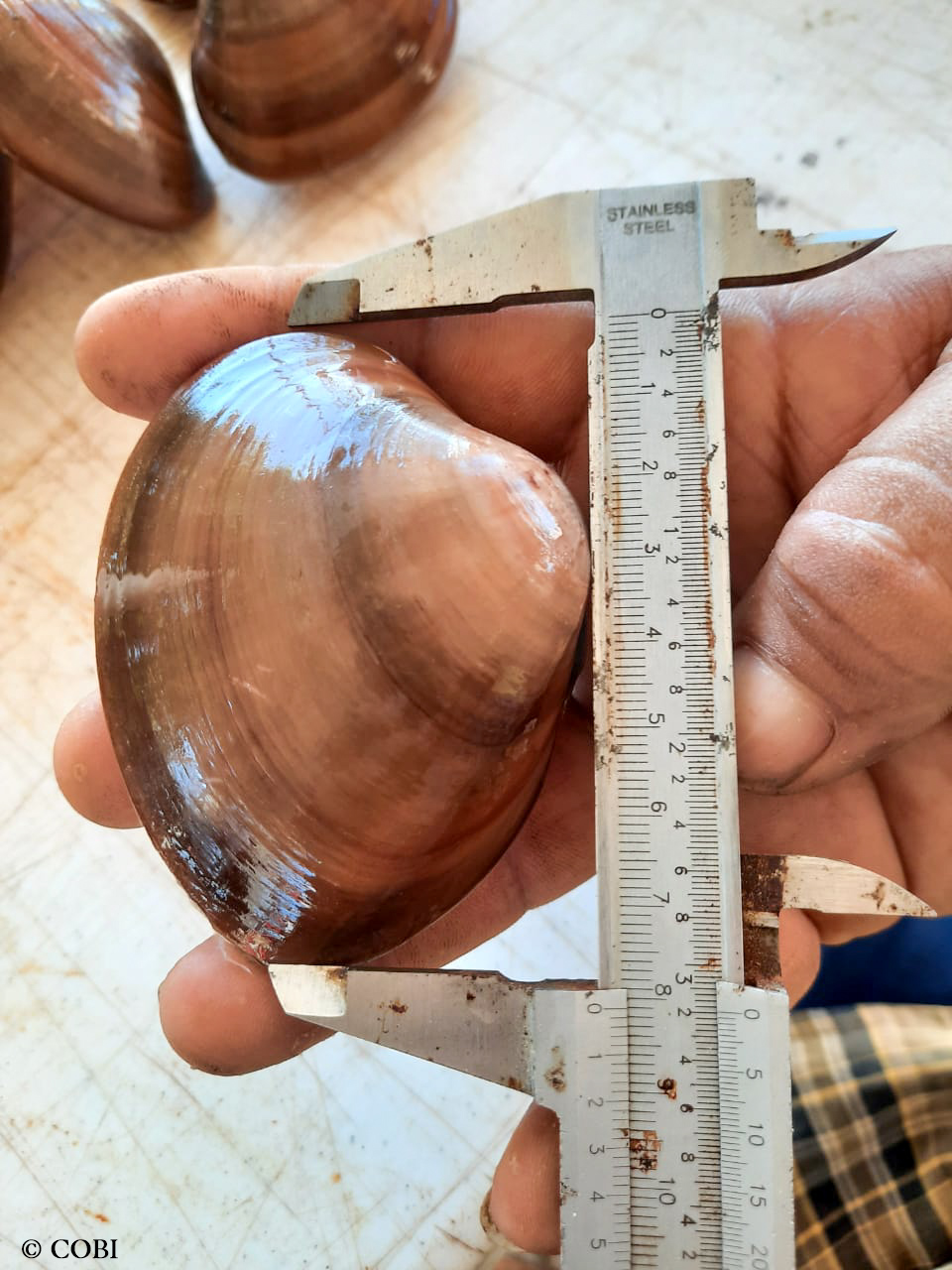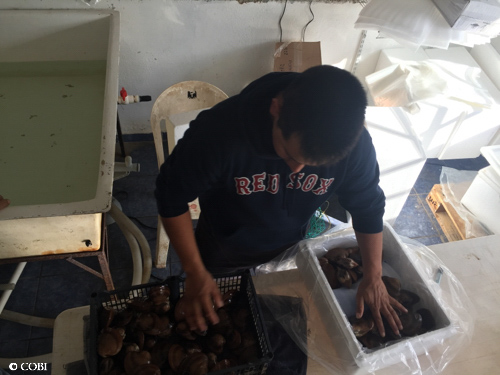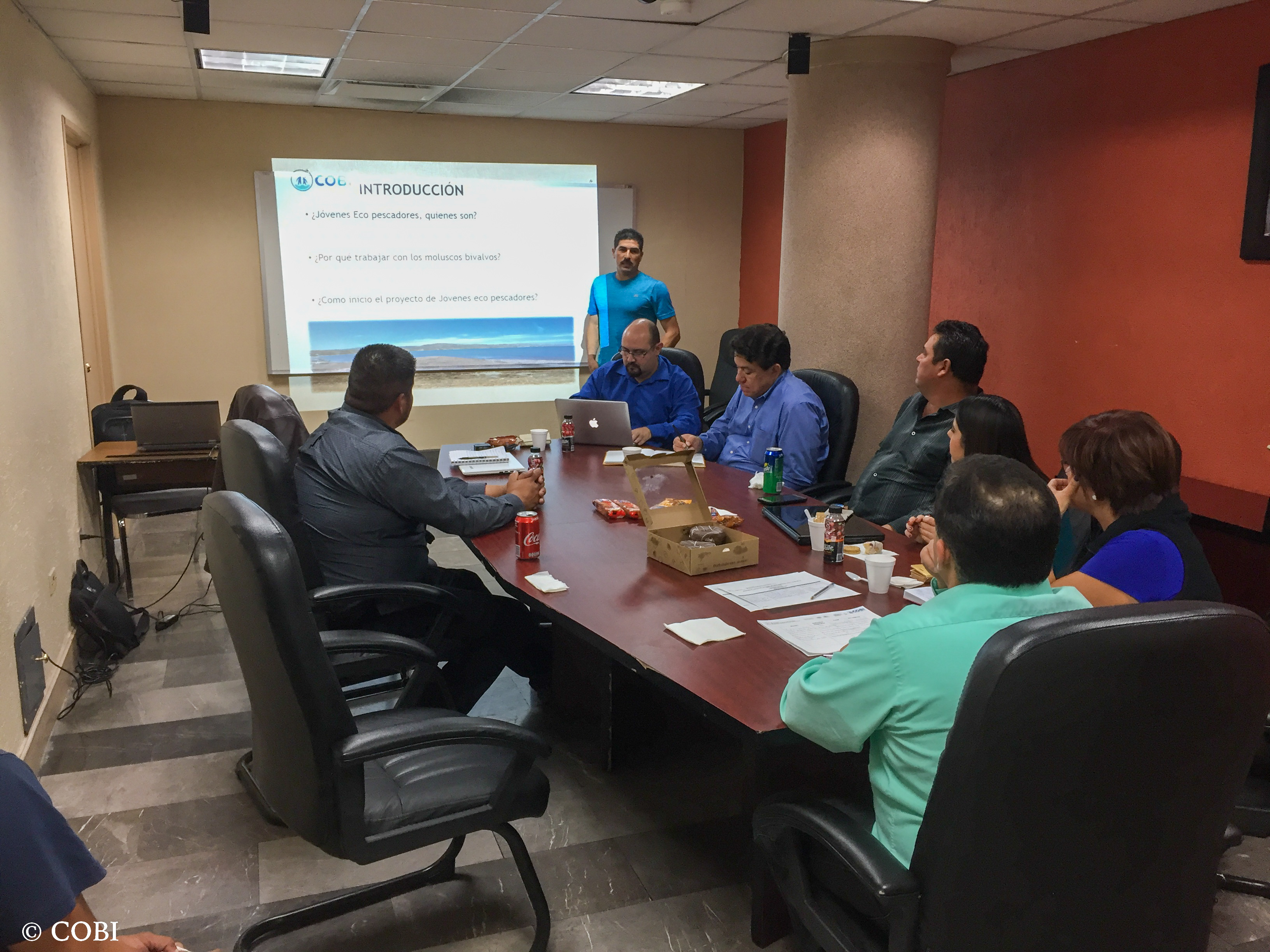



A harvest strategy is a set of formally or traditionally agreed tools used to ensure good resource utilization. In clam and tripe fisheries, harvest strategies are defined based on the best available information. However, sometimes the strategies and rules are not applicable with the same recipe throughout the country due to variations in the biological, environmental and social conditions of each region. This lack of information at the local level poses a challenge to define strategies according to the local characteristics of the fishery and to evaluate its performance. To address this need, we have worked together with all the stakeholders involved (fishing communities, government, academia and civil society organizations), generating information through fishing logs to ensure that fishing is carried out in accordance with the strategies implemented. By incorporating the knowledge of the communities to the information recorded, it is possible to generate new participatory strategies, better adapted to local conditions.
- Combine scientific and traditional knowledge as a baseline for designing sustainable harvesting strategies.
- Socialize the strategies agreed upon by the government sector with clam and tripe fishermen and fisherwomen.
- It is important that, once fishermen and fisherwomen are aware of the harvesting strategies, they adopt and respect them.
- The use of logbooks promotes better management of the resource and contributes to the sustainability of the fishery. Logbooks should document biological, ecological and fisheries information on the species caught.
- The effective participation of fishing communities in generating useful information for management allows for a more robust analysis of fisheries, particularly important in fisheries with little data, as well as maximizing fishery utilization.
- The results obtained from harvesting strategies should be documented, with the intention of being able to analyze their effectiveness over time, making adjustments and allowing them to be scalable. This evidence helps to publicly demonstrate the commitments made towards fisheries sustainability.